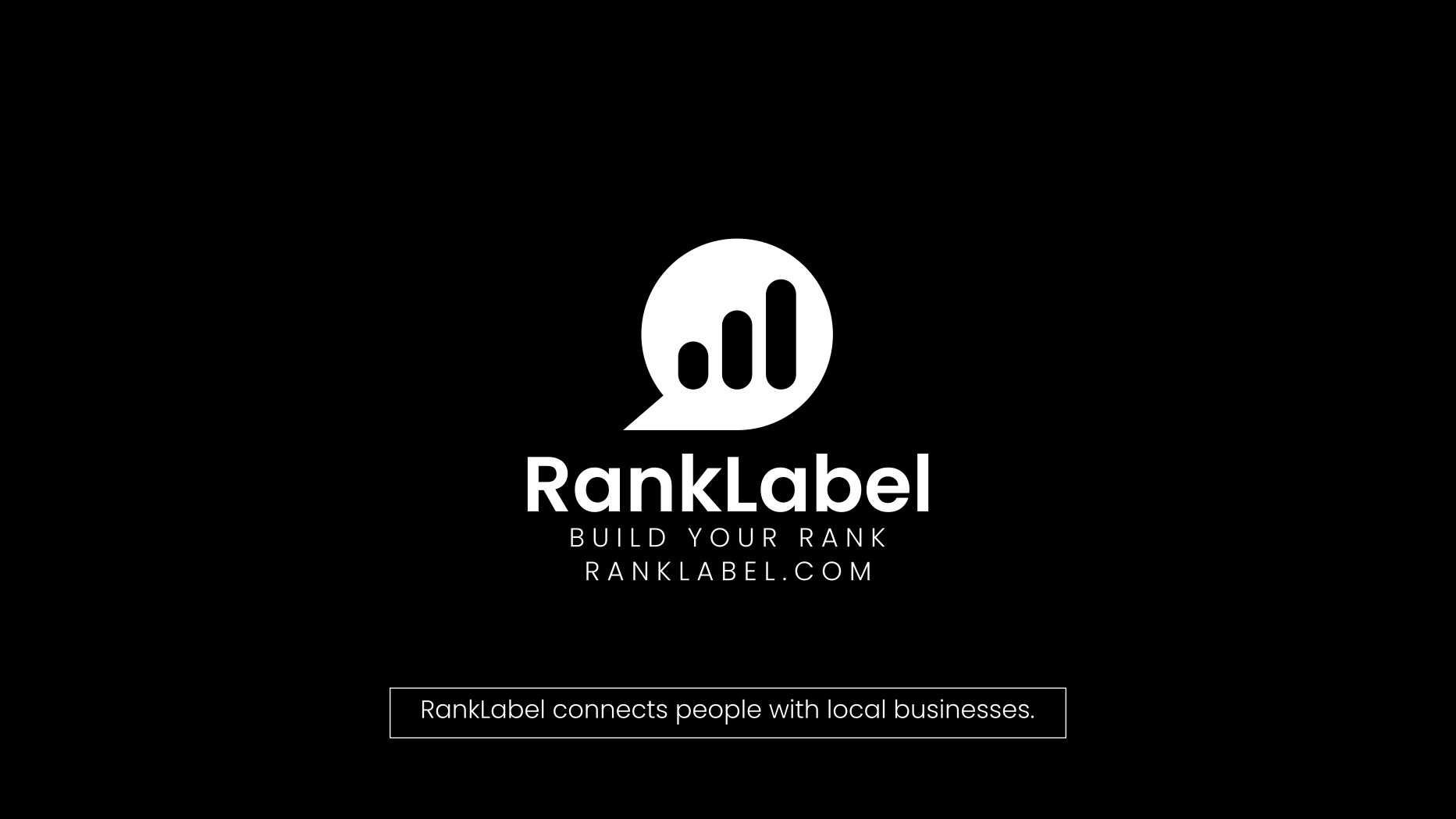The Future of Design: Exploring 3D Printed Home Decor, Branding, and More

As technology continues to advance, the realms of design and manufacturing are undergoing significant transformations. 3D printing technology, once a tool primarily used by engineers for prototyping, is now revolutionizing industries from healthcare to home decor. This exciting evolution enables not only rapid product development but also offers a unique blend of creativity and efficiency in various applications such as 3D printed home decor, branding solutions, and beyond. In this blog post, we delve into how 3D printing is shaping the future of design and explore its applications in home decor, professional branding, and the innovative field of hybrid 3D printing combined with professional CAD (Computer-Aided Design) printing techniques.
The Rise of 3D Printed Home Decor
The concept of 3D printed home decor is transforming how we think about interior design. This technology allows for the creation of customized, unique home accessories that reflect personal style and functionality. Here are several ways in which 3D printing is being used in the realm of home decor:
- Customized Furniture: With 3D printing, designers can create furniture tailored to specific dimensions and preferences without the constraints of traditional manufacturing processes.
- Decorative Pieces: From intricate vases to artistic sculptures, 3D printing enables the production of complex designs that would be difficult or impossible to achieve through conventional methods.
- Lighting Fixtures: Designers use 3D printing to produce customizable lighting fixtures that can adapt to various environments and styles, providing both functionality and aesthetic appeal.
- Wall Art and Hangings: 3D printing allows for the creation of unique textures and patterns for wall art, offering new possibilities for personalizing living spaces.
The beauty of 3D printed home decor lies in its customization and sustainability. As consumers become more environmentally conscious, the demand for sustainable production methods has risen. 3D printing minimizes waste by using exactly the amount of material needed for each piece, making it a greener alternative to traditional manufacturing.
3D Printing for Effective Branding
Branding is crucial for businesses seeking to establish a distinct presence in a crowded market. 3D printing offers innovative solutions for branding by creating personalized and memorable promotional products and corporate gifts. Here’s how companies are leveraging 3D printing for branding:
- Customized Promotional Items: Businesses can use 3D printing to create bespoke promotional items that resonate with their brand identity, from logo-embossed keychains to intricate models of their products.
- Unique Business Cards: A 3D printed business card can stand out significantly, offering a tactile and visually engaging way to leave a memorable impression.
- Branded Decor for Corporate Spaces: Companies can design and print customized decor items that enhance their corporate environment while reinforcing their brand aesthetic.
Using 3D printing for branding not only enhances brand visibility but also shows a company's commitment to innovation and modernity. This can help attract new customers and delight existing ones, ultimately contributing to a stronger brand image.
Exploring Hybrid 3D Printing
Hybrid 3D printing refers to the integration of multiple manufacturing processes or combining different materials within a single print cycle. This approach can optimize the structural integrity and functionality of printed objects. Here are several key advantages of hybrid 3D printing:
- Material Diversity: Hybrid 3D printing allows for the use of multiple materials in a single object, which can include plastics, metals, and ceramics, enhancing the object's properties and uses.
- Enhanced Properties: By combining materials, hybrid 3D printing can create objects that are stronger, more flexible, or have other desired properties tailored to specific needs.
- Efficiency and Cost-Effectiveness: This method can be more efficient and cost-effective, reducing the need for post-processing and assembly required when using traditional manufacturing techniques.
Hybrid 3D printing is particularly useful in fields where complex components are required, such as in aerospace, automotive, and medical industries. Its ability to seamlessly integrate different materials into a single print is revolutionizing product design and development.
Professional CAD Printing in 3D Applications
Professional CAD printing plays a crucial role in the precision and quality of 3D printed objects. CAD (Computer-Aided Design) software allows designers and engineers to create detailed, highly accurate 3D models that can be directly used for 3D printing. The benefits of integrating professional CAD printing in 3D applications include:
- Precision and Accuracy: CAD software provides the tools necessary to design complex components with high precision, which is essential for functional parts like mechanical components.
- Simulation Capabilities: Many CAD programs offer simulation tools that allow designers to test the functionality and performance of a design before it is printed, saving time and resources.
- Streamlined Workflow: Integrating CAD with 3D printing streamlines the workflow from design to production, enabling rapid prototyping and iterative design processes.
Professional CAD printing is indispensable in industries where precision is critical, such as in medical device manufacturing, aerospace, and automotive industries. It enables the production of complex designs that are both functional and reliable.
In conclusion, the world of 3D printing offers endless possibilities across various sectors, including home decor, branding, and advanced manufacturing processes like hybrid 3D printing and professional CAD printing. As this technology continues to evolve and become more accessible, it will undoubtedly play a pivotal role in shaping the future of design and manufacturing, pushing the boundaries of what's possible in creativity and innovation.










